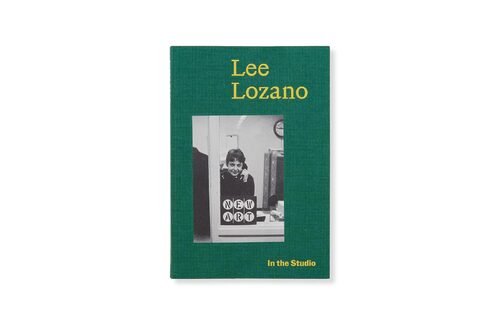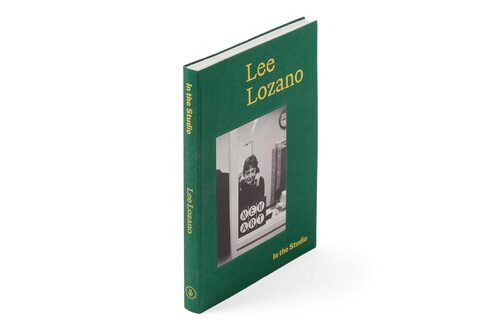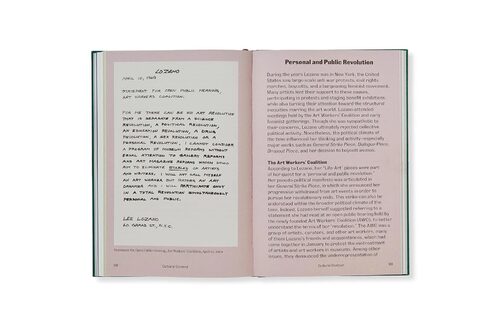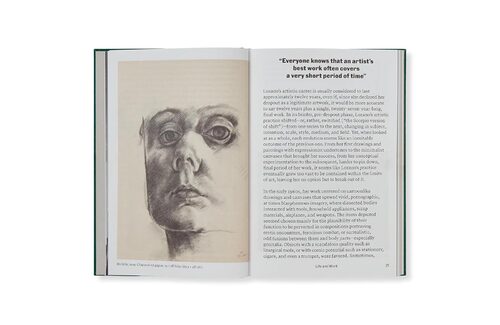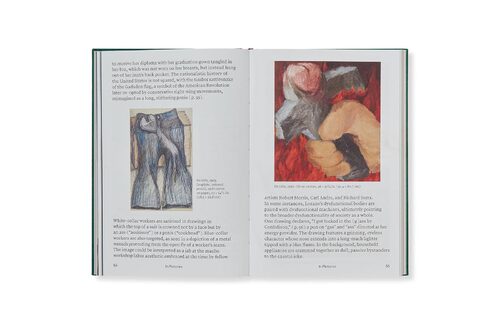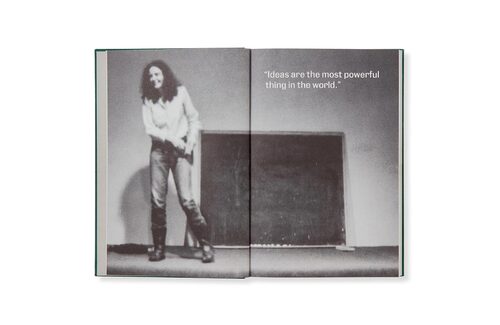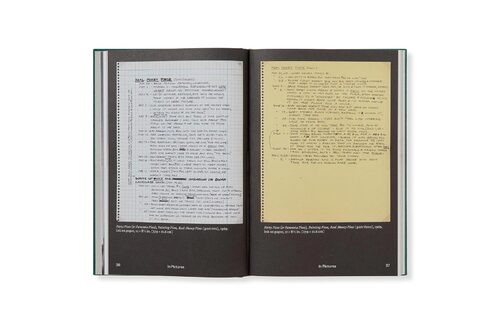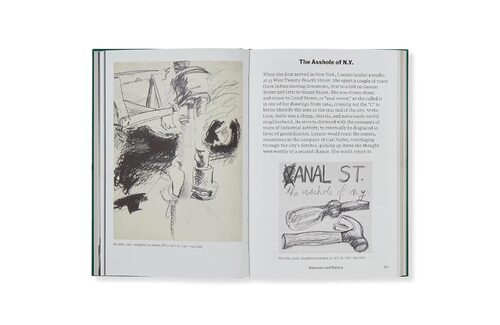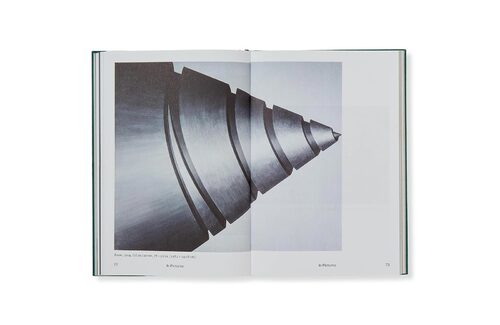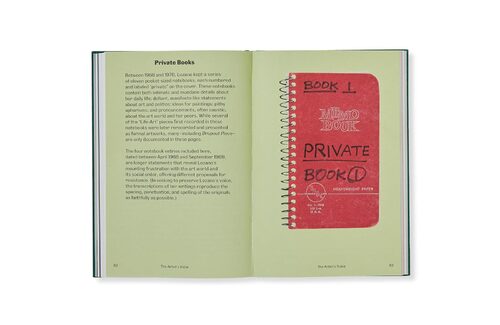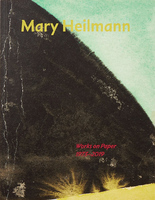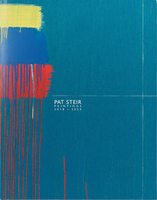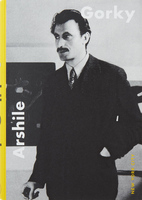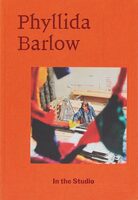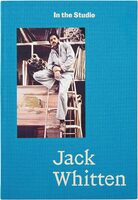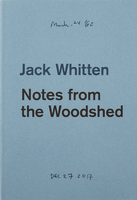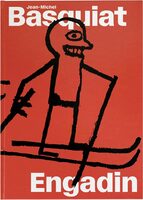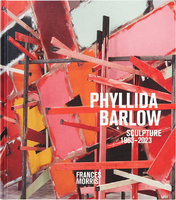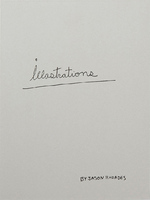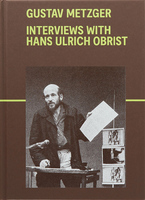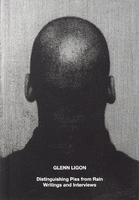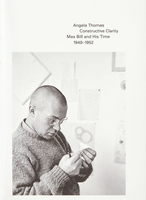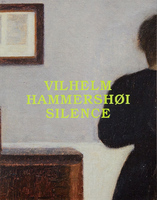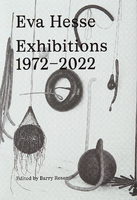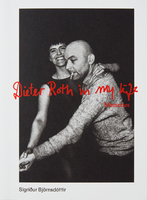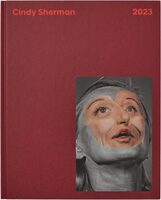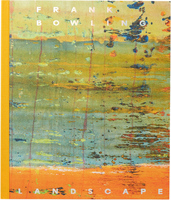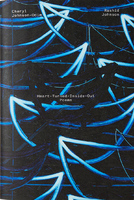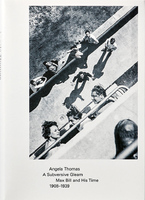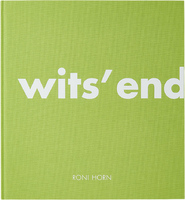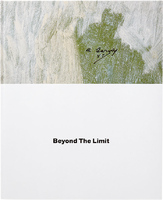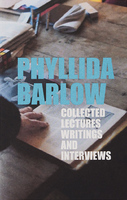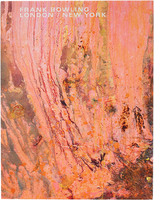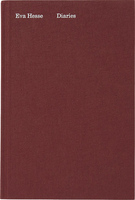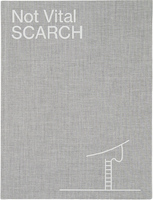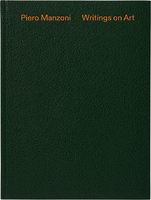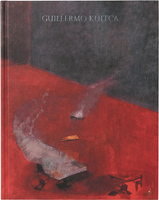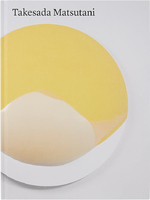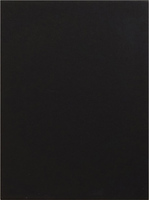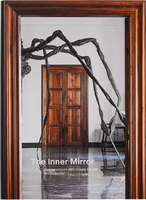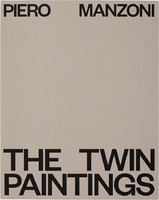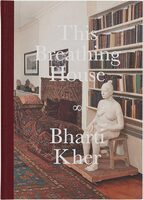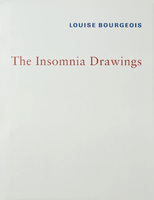$28.03
- Softcover
- 152 pages
- 129 x 187 mm
- ISBN 9783907493199
- English
- Sep 2025
During her short but prolific career, Lee Lozano produced a body of work of striking formal breadth and complexity, ranging from expressionist figurative drawings and paintings to minimalist abstract canvases and, finally, the late conceptual works for which she become well-known. An illuminating text by Lucrezia Calabrò Visconti—co-curator of 'Lee Lozano: Strike', a major survey exhibition that travelled from Turin’s Pinacoteca Agnelli to Paris’s Bourse de Commerce — is accompanied by a meticulous exhibition history that features a wealth of ephemera and archival material.
Remembered for her withdrawal and ultimate rejection of the art world, Lozano produced an oeuvre united by her determination to expose the ruthless division of the world into categories such as gender and to reject capitalism’s demand for constant production. Capturing the unapologetic confidence and striking complexity that defined the artist’s singular practice, 'In the Studio: Lee Lozano' is an excellent resource for both newcomers and longtime admirers of Lozano’s radical work.
Lee Lozano’s paintings are admired for their energy, daring physicality and tirelessness in investigating the body and issues of gender. Although lauded by Lucy Lippard in 1995 as the foremost female conceptual artist of her time, Lozano had disengaged herself from the New York art world completely by the early 1970s. She left behind a body of work of striking formal breadth and complexity. Lozano fought to consolidate her artistic self in a realm void of systems, rules, and group consciousness. She pursued a wholly independent solo studio practice, which culminated in her rejection of the New York art world and a boycott of women. She first refused to attend public art world functions and withdrew from exhibitions, finally relocating to Dallas, Texas. 'By refusing to speak to women,' says Helen Molesworth, Chief Curator of LA MOCA, 'she exposed the systematic and ruthless division of the world into categories of men and women. By refusing to speak to women as an artwork, she also refused the demand of capitalism for the constant production of private property… The strategy of rejection is a powerful one.'
